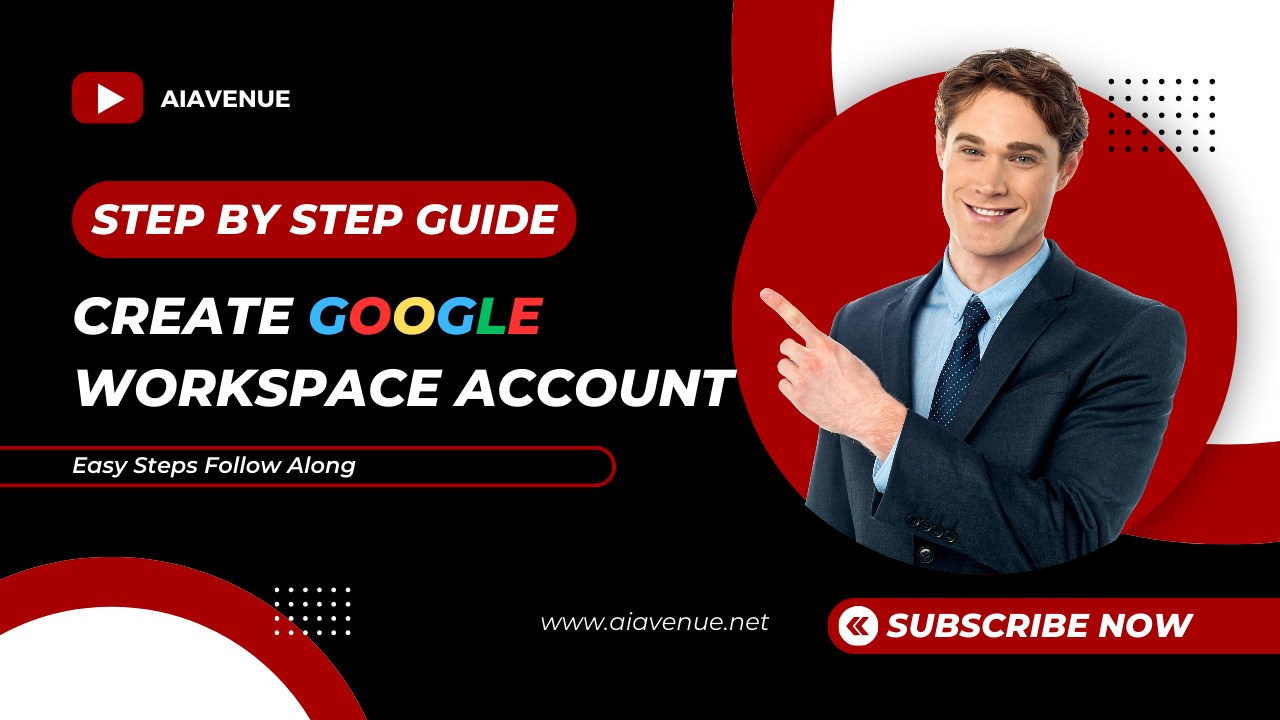In the digital landscape, Google Docs stands as a versatile and free resource, designed by Google to cater to a multitude of user needs. From crafting content to building presentations and collaborating on spreadsheets, it serves as an invaluable tool. Whether it’s a quick note or a comprehensive project, Google Docs simplifies your work and offers a feature that may have gone unnoticed – auto-saving and the ability to share documents and projects publicly.
Recruiters and researchers can employ creative methods to source information from Google Docs. With the aid of Boolean search techniques and X-ray searching, a wealth of publicly available content can be explored. This article highlights innovative strategies for effective sourcing within Google Docs.
1. Utilizing Basic Boolean Strings to Find Resumes:
Begin your sourcing journey by constructing a basic Boolean string designed to unearth resumes. Start with a specific job title and expand your criteria to include requisite skills and preferred locations. Here’s an example of a Google Docs search string for resume titles:
site:docs.google.com developer “San Francisco” intitle:resume -example -sample -samples -jobsAdvanced Resume Boolean String Examples:
For advanced searches, consider expanding your resume-specific keywords. Additionally, focus on locating accounts associated with Gmail addresses:
site:docs.google.com developer Atlanta (intitle:resume OR intitle:cv) -example -sample -samples -jobssite:docs.google.com developer “San Francisco” (resume OR CV OR “curriculum vitae”) -example – sample -samples -jobssite:docs.google.com developer “* * @gmail.com” -example -sample -samples -jobs2. Searching in Documents:
Dive into the vast world of documents stored within Google Docs. Documents often hold a treasure trove of valuable information. Consider this string to search within document folders:
site:docs.google.com/document/ developer “San Francisco” intitle:resume -example -sample -samples -jobs3. Searching in Spreadsheets:
Spreadsheets, similar to Excel documents, are repositories of organized data. You can explore directories, participant lists, conference attendees, and more. Craft a search string based on what you think someone might create within a spreadsheet:
site:docs.google/com/spreadsheets/ developer (contacts OR participants OR directory OR registrants OR attendees) -examplesite:docs.google.com/spreadsheets / “staff directory” -example4. Searching in Forms:
Forms are documents that often contain survey-related information. You can search for participant names, directory listings, and other valuable company data:
site:docs.google.com/spreadsheets/ Responses (contacts OR participants OR directory OR registrants OR attendees) -examplesite:docs.google.com/spreadsheets/ Responses “email * * com|net|org” -examplesite:docs.google.com/spreadsheets/ “List of *” (contacts OR participants OR directory OR registrants OR attendees) -example5. Searching in Presentations:
Google Docs also hosts presentations, offering a vast array of topics. Whether you’re interested in conference presentations or organizational charts, there’s ample scope for exploration:
site:docs.google.com/presentation/ docker -examplesite:docs.google.com/presentation/ docker “email * *” -examplesite:docs.google.com/presentation/ “organizational chart” -exampleThe versatility of Google Docs provides numerous avenues for creative sourcing. These strategies can assist recruiters in discovering potential candidates and valuable information online. As the digital landscape continues to evolve, the ability to harness Google Docs for sourcing is a skill that can be a game-changer in your recruitment endeavors.
FAQ:
1. What is the primary focus of the article “Creative Ways to Source in Google Docs”?
The article primarily focuses on innovative methods for sourcing information and candidates using Google Docs.
2. How does Google Docs simplify work for users, as mentioned in the article?
Google Docs simplifies work by offering a versatile platform for creating content, presentations, and collaborating on spreadsheets while ensuring documents are automatically saved.
3. What are Boolean search techniques, and how are they used in sourcing within Google Docs?
Boolean search techniques involve using specific keywords, such as job titles and skills, to refine search results and find relevant documents within Google Docs.
4. Can you provide examples of advanced Boolean search strings for sourcing in Google Docs?
The article offers advanced Boolean search string examples for refining searches, including those focused on resume keywords and Gmail address information.
5. What types of documents can be explored when sourcing in Google Docs, and how?
The article discusses various types of documents, such as regular text documents, spreadsheets, forms, and presentations, and provides guidance on sourcing within them.
6. How can recruiters benefit from sourcing in Google Docs spreadsheets, as mentioned in the article?
Recruiters can source valuable data like directories, participant lists, and conference attendees’ information from Google Docs spreadsheets.
7. What are Google Docs forms, and how can they be used for sourcing?
The article explains that Google Docs forms are used to collect survey information, and recruiters can source participant names, directories, and other company data using them.
8. Are there any privacy considerations or limitations to keep in mind when sourcing in Google Docs?
Yes, the article emphasizes respecting privacy and terms of use, as Google Docs provides access to publicly available documents.
9. What are the benefits of using Google Docs for sourcing in recruitment, as outlined in the article?
The article points out that Google Docs offers a wealth of publicly available information, making it a valuable resource for recruiters seeking potential candidates and data.
10. How can individuals stay updated on the latest sourcing techniques in Google Docs, as suggested in the article?
The article recommends staying informed by following industry news, participating in relevant forums, and continuously refining sourcing strategies as Google Docs and the digital landscape evolve.





